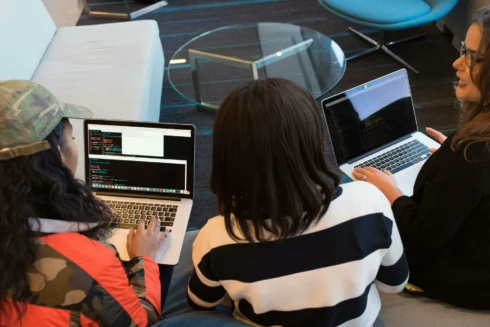
As another year draws to a close, experts have begun looking ahead to how the technology landscape will evolve over the course of the next one.
Forrester today released its 2026 predictions, with many of them relating to how software development will continue to be impacted by AI.
Vibe coding took off in 2025, but next year, Forrester thinks it will evolve into vibe engineering, moving from just generating code to encompassing the full software development lifecycle. Today’s AI tools often produce problematic code, but Forrester believes these tools may improve enough in 2026 that they will be able to deliver engineering-grade outputs.
The analysts also believe that there will be 20% fewer students enrolling in CS programs at universities, citing recent difficulties in new graduates finding jobs. They recommend CS professors update their courses to include AI material so that students will have the AI development skills employers are looking for.
At the same time, it will take twice as long for employers to fill developer positions. Organizations who are pairing senior developers with AI will stop hiring junior developers, leading to increased demand for experienced developers with AI experience, forcing employers to look outside of their immediate talent pools for candidates. Additionally, many job seekers are using AI to automate the process, overwhelming HR teams and leading them to spend more time thoroughly verifying candidates before extending an offer.
Generative AI will also be used to enable more aspects of development to be done in an as-code way. Forrester believes that improvements to context awareness by AI agents will make as-code the most efficient way of implementing automation in software development workflows. It predicts that observability as code and governance as code will be adopted by 80% of development teams.
“While the need for auditable, repeatable controls and automation has been a long-standing driver, the steep learning curve of various opinionated, declarative languages has hampered expansion. GenAI will shatter this barrier as it quickly creates syntactically correct code needed for forward-looking solutions like observability as code and governance as code,” the company wrote.
However, despite much of the predictions around software development being about the impact of AI, Forrester did also predict that “AI will face a reckoning next year.”
It believes that the gap between AI vendor promises and the value organizations are seeing from AI is widening, and less than one-third of decision makers have been able to successfully tie AI investments to financial growth.
CEOs will rely more heavily on their CFOs to approve AI investments based on actual ROI, and this may lead to organizations deferring a quarter of their planned AI spend to 2027.
“In 2026, the AI hype period ends as the pressure to deliver real, measurable results from secure AI initiatives intensifies,” said Sharyn Leaver, chief research officer at Forrester. “As the era of volatility continues, tech and security leaders will be called upon to recalibrate investments under tighter financial scrutiny and governance while navigating increasingly complex geopolitical and economic risks.”
Other predictions made by Forrester include that neoclouds — cloud providers that offer GPU-as-a-service — will earn $20 billion in revenue, 15% of companies will turn to private AI, and process intelligence will save 30% of failed AI projects.






